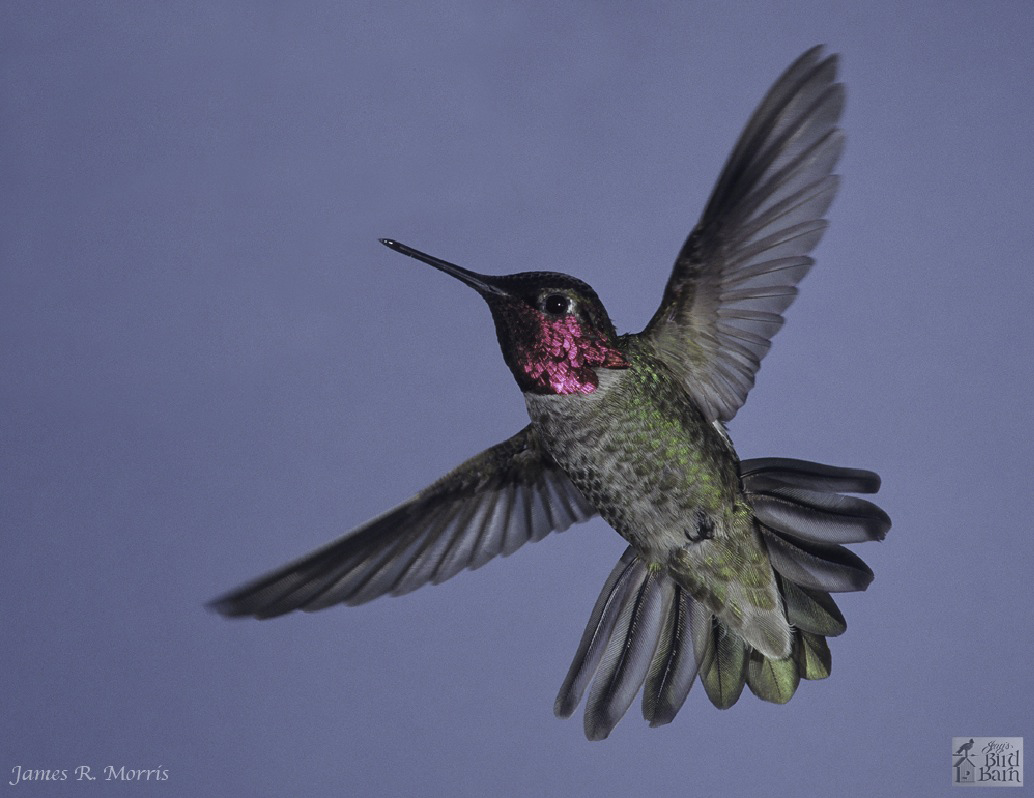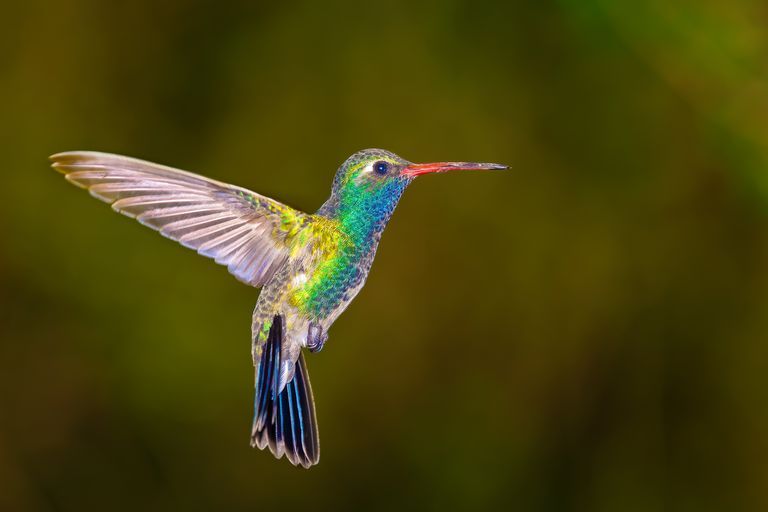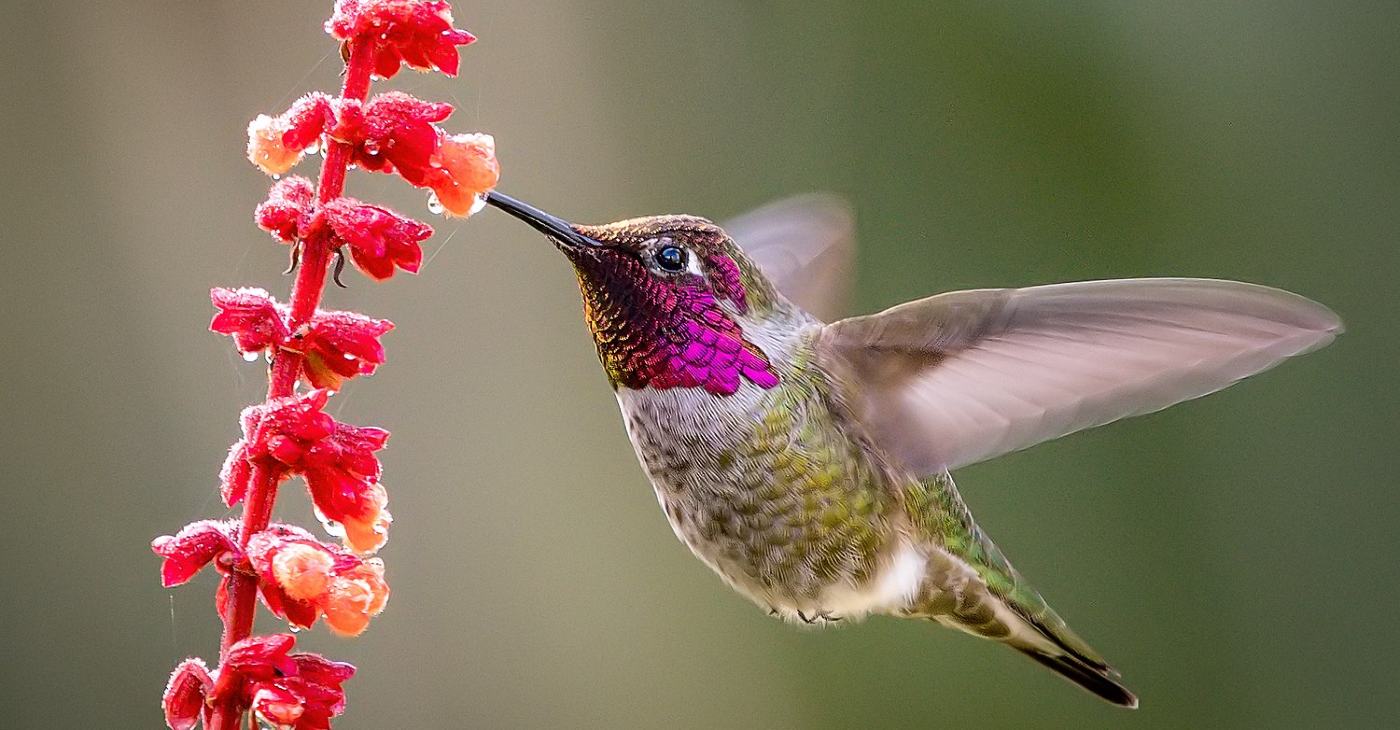In the enchanting world of avian wonders, few creatures rival the hummingbird in terms of brilliance and agility. These diminutive birds, often referred to as “flying jewels,” captivate observers with their dazzling plumage and astonishing aerial acrobatics. Join us on a journey through the Americas as we delve into the captivating realm of hummingbirds.

Hummingbirds are renowned for their iridescent plumage, which shimmers with an array of vivid colors. From the vibrant reds of the Ruby-throated Hummingbird in North America to the striking blues of the Violet-crowned Hummingbird in Central America, these avian gems are a testament to nature’s artistic palette.

The unique adaptations of hummingbirds are nothing short of remarkable. With their specialized long, slender bills and extendable, tube-like tongues, they are perfectly designed for sipping nectar from flowers. To fuel their incredibly high metabolism, hummingbirds consume nectar and insects at a rate that can exceed their own body weight in a single day.

Hummingbirds are true aerial virtuosos. They can hover in mid-air by rapidly flapping their wings up to 80 times per second, creating a humming sound from which they derive their name. Their exceptional maneuverability allows them to dart forwards, backwards, and even upside down with astonishing precision.

While hummingbirds are often associated with tropical climates, many species undertake epic migrations. The Ruby-throated Hummingbird, for example, embarks on a remarkable journey from North America to Central America, crossing the Gulf of Mexico in a non-stop flight that can span up to 500 miles.

Beyond their aesthetic appeal, hummingbirds play a crucial ecological role as pollinators. As they visit flowers in search of nectar, they inadvertently transfer pollen from one bloom to another, facilitating the reproduction of countless plant species. In this way, hummingbirds contribute to the rich tapestry of life in their habitats.

Despite their extraordinary adaptability, hummingbirds face challenges in the modern world. Loss of habitat, climate change, and pesticide use can all impact their survival. Conservation efforts are underway to protect these delicate creatures and the ecosystems they depend on.

Hummingbirds have fascinated humans for centuries, inspiring art, folklore, and scientific inquiry. Their unique combination of beauty, speed, and adaptability continues to captivate birdwatchers and researchers alike.

In conclusion, the hummingbirds of the Americas are living treasures that enrich our understanding of the natural world. Their vibrant colors, remarkable adaptations, and astonishing flight abilities make them a testament to the boundless creativity of evolution. As we explore the diverse landscapes of the Americas, let us take a moment to appreciate these incredible flying jewels that grace our skies.
